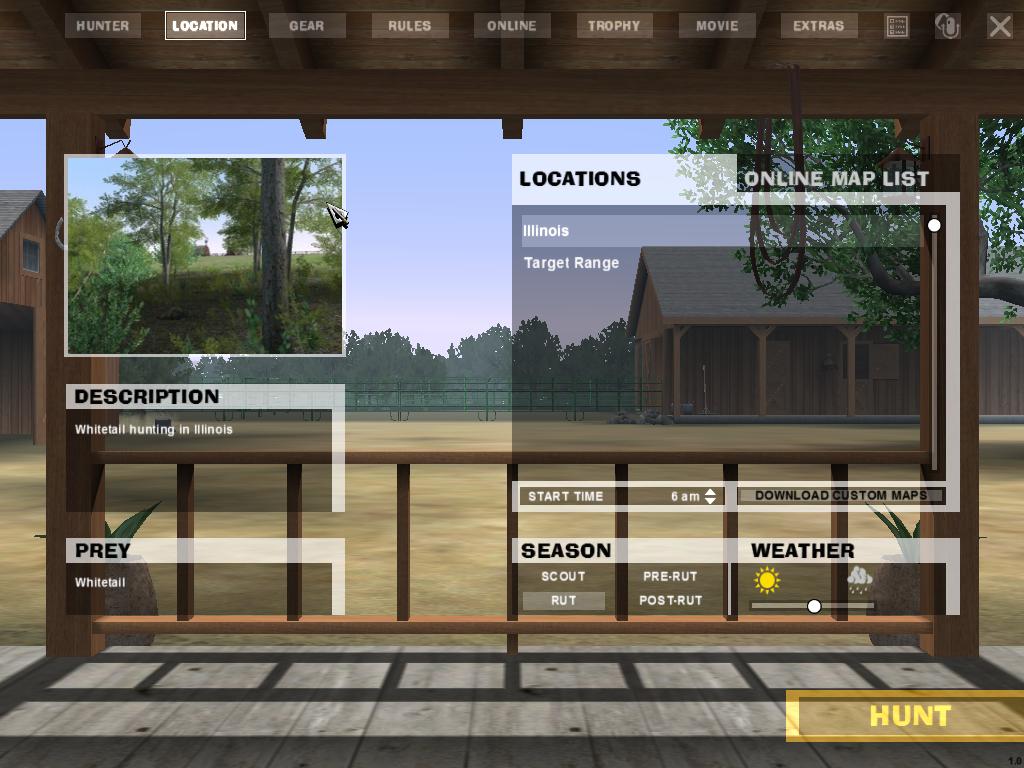

IHC involves using antibody-based staining to color a tissue sample from the animal’s brain stem (obex) or neck lymph nodes, and evaluating it with light microscopy.

The gold standard CWD testing method is Immunohistochemistry (IHC). Rabies, although rare in cervids, may also produce some symptoms in common with CWD, such as erratic behavior and drooling.

Some of these symptoms, particularly weight loss and weakness, can also be seen after a very severe Maine winter. Symptoms include unusual or sluggish behavior, loss of bodily functions, weight loss, excessive drooling, excessive thirst, frequent urination, isolation from herd, teeth grinding, holding the head in a lowered position, and drooping ears. There is no evidence that CWD can infect humans, but public health officials still recommend avoiding exposure to it.ĬWD symptoms are slow to develop, usually taking five to 36 months to appear but after they do, the animal normally dies in one to 12 months.

We don’t know if other cervid species are susceptible, and there is no scientific evidence that CWD can be transmitted to species outside the deer family, such as cattle, horses, sheep, goats, or swine. In deer, it has a 100% mortality rate.ĬWD has been found in wild and captive elk, moose, and caribou as well as white-tailed, mule, red, and sika deer. Can I Get My Maine Deer, Caribou, Moose or Elk Tested for CWD?Ĭhronic wasting disease (CWD) is a fatal nervous system disease that impacts cervid (deer family) mammals.How can the average person help prevent CWD?.What are State agencies doing to prevent a CWD outbreak?.Why are we concerned about CWD in Maine?.What are the signs and symptoms of CWD?.Rulemaking Proposals Open to Public Comment.Opportunities for People with Disabilities.


 0 kommentar(er)
0 kommentar(er)
